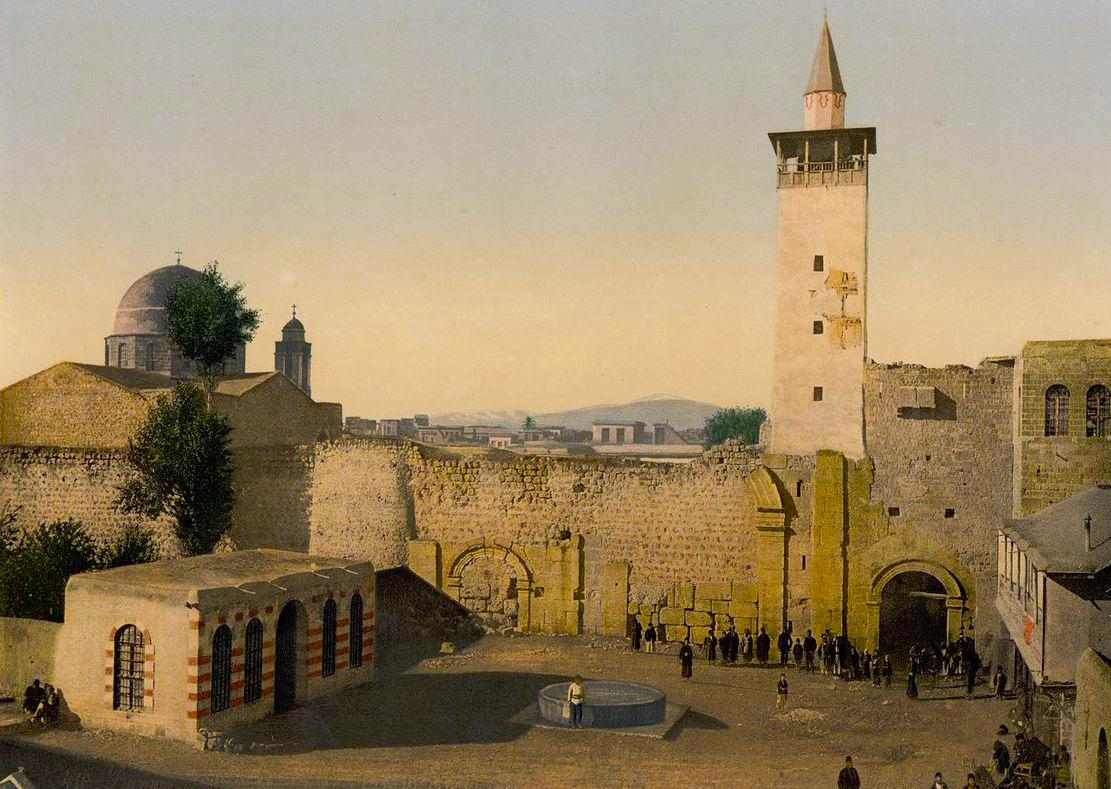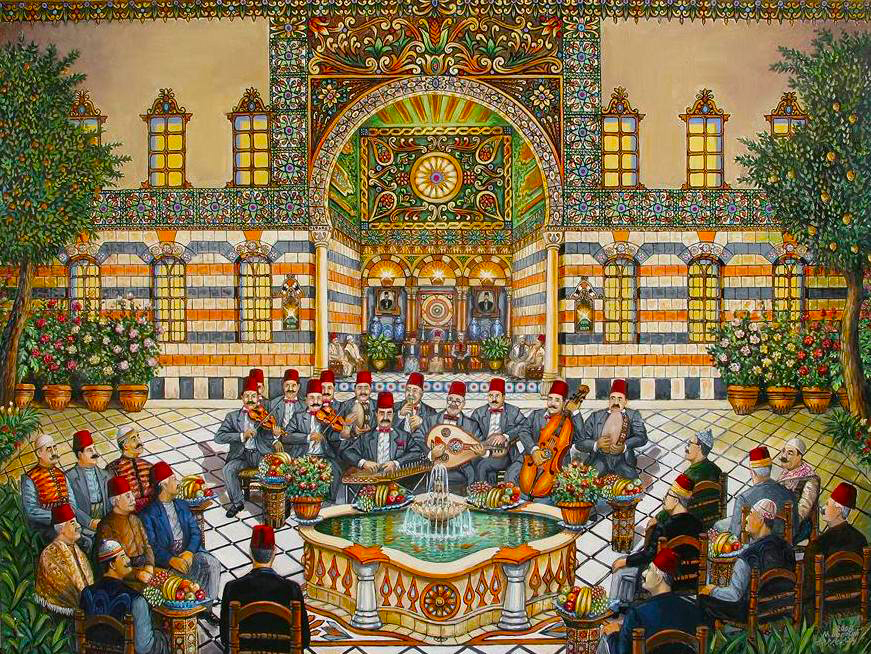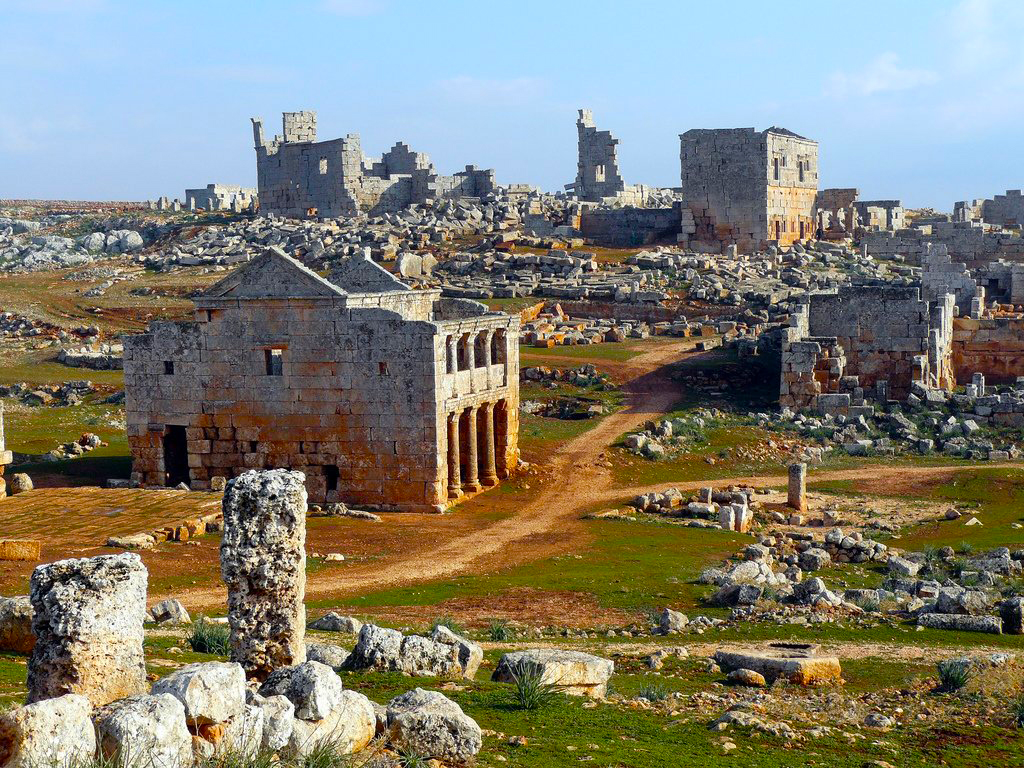Deir Samaan: The Ancient Sanctuary of Saint Simeon the Stylite: Nestled in the hills of northern Syria, Deir Samaan (دير سمعان) stands as one of the most remarkable monuments of early Christian asceticism and architectural ingenuity. Known primarily as the site where Saint Simeon the Stylite lived atop a pillar for decades, Deir Samaan is more than just a religious shrine—it is a symbol of spiritual devotion, a marvel of Byzantine architecture, and a testimony to the complex religious history of the region. This article delves into the origins, significance, and legacy of Deir Samaan, exploring why it remains a captivating destination for historians, archaeologists, and travelers.
Historical Background: Who Was Saint Simeon the Stylite?
Saint Simeon the Stylite (circa 390–459 AD) was one of the most famous early Christian ascetics, renowned for his extraordinary practice of living on a small platform atop a tall pillar (stylos in Greek). His lifestyle was part of the wider Stylite movement, where monks sought to achieve spiritual purity and closeness to God through extreme physical isolation and hardship.
Simeon began his pillar vigil near Aleppo in northern Syria, spending around 37 years atop the pillar, preaching, fasting, and praying. His dedication attracted thousands of pilgrims and visitors from across the Roman Empire, turning his lonely pillar into a spiritual magnet.
The Founding of Deir Samaan
To honor Saint Simeon’s devotion, a monumental complex was built around the pillar site shortly after his death. Deir Samaan, meaning “Monastery of Simeon,” was constructed during the 5th century under the auspices of the Byzantine Empire and local Christian communities.
The complex was designed both as a religious sanctuary and a pilgrimage center, accommodating large crowds who came to venerate the saint. Its layout reflects a sophisticated blend of religious, social, and architectural functions that set it apart from other monastic sites of its time.
Architectural Marvels of Deir Samaan
Deir Samaan is renowned for its unique and imposing architectural plan, which is centered around the pillar of Saint Simeon. The complex occupies a vast area and features several important elements:
- The Central Basilica: At the heart of the complex lies a large basilica with a cruciform (cross-shaped) design, an architectural innovation for its era. The basilica is divided into a nave and transepts, with an altar placed above the pillar’s base, symbolically uniting the saint’s asceticism with the liturgical space.
- The Stylite’s Pillar: The original pillar on which Saint Simeon lived is still present, though the actual platform is missing due to damage over the centuries. The pillar base remains enclosed within the basilica, serving as a powerful spiritual focal point.
- Surrounding Churches: Deir Samaan contains multiple smaller churches and chapels arranged around the central basilica, reflecting the complexity of pilgrimage rituals and the need to accommodate various liturgical practices.
- Monastic and Residential Buildings: The site also includes living quarters, dining halls, and auxiliary structures for monks and visitors, indicating that it was not just a shrine but a fully functioning monastic community.
- Defensive Walls: Massive fortification walls enclose the complex, suggesting the need for protection during times of political instability and invasions, which were common in northern Syria.
The scale and design of Deir Samaan reflect the importance of pilgrimage in Byzantine Christianity and showcase the empire’s ability to integrate religious devotion with monumental architecture.
Religious and Cultural Significance
Deir Samaan’s spiritual significance extends far beyond its local context. It represents one of the earliest and most enduring examples of the Stylite phenomenon—a radical form of asceticism that influenced Christian monastic practices across the Eastern Mediterranean.
The monastery became a beacon of faith, drawing pilgrims from far and wide, including emperors, bishops, and ordinary believers who sought miracles, spiritual guidance, or simply wished to witness the saint’s legacy.
The site also illustrates the close relationship between religion and politics in the Byzantine period. By sponsoring such monumental complexes, the empire reinforced its Christian identity and authority, particularly in border regions like northern Syria.
Deir Samaan Through Time: Decline and Rediscovery
Like many ancient sites, Deir Samaan faced decline following the Muslim conquests of the 7th century and the changing religious landscape of the region. While it continued to hold spiritual importance for some time, the site was gradually abandoned as pilgrimage routes shifted and political stability waned.
Over the centuries, natural disasters, neglect, and human activity caused significant damage to the complex. Yet, many of its structures have survived remarkably well, thanks to durable construction techniques and the arid climate.
The site attracted renewed scholarly and archaeological interest in the 19th and 20th centuries. Explorations and excavations helped document its layout, recover artifacts, and raise awareness of its historical importance.
Visiting Deir Samaan Today
For history buffs, archaeologists, and travelers seeking to connect with Syria’s rich Christian heritage, Deir Samaan offers a profound experience. Walking through the ruins, one can still sense the spiritual intensity that once permeated the site.
The vastness of the complex, the impressive basilica remains, and the symbolic pillar provide a tangible link to early Byzantine spirituality and architectural prowess. The surrounding landscape, with its rolling hills and open skies, adds to the sense of timelessness.
While the region has faced conflicts in recent years, efforts by scholars and preservationists aim to protect Deir Samaan and other heritage sites in northern Syria. Responsible tourism and increased awareness can help ensure that future generations also appreciate this extraordinary testament to faith and history.
Why Deir Samaan Matters
Deir Samaan is not just an archaeological site; it is a symbol of human dedication, resilience, and the search for meaning through extreme spiritual practice. It highlights how architecture can embody religious ideals and how sacred spaces shape cultural identity.
The site enriches our understanding of early Christian monasticism and offers a rare glimpse into the Byzantine world’s religious life beyond its great cities. Its preservation and study are crucial for appreciating the complex history of the Eastern Mediterranean.
Conclusion
Deir Samaan remains one of northern Syria’s most significant historical and religious landmarks. Its unique combination of architectural innovation, spiritual devotion, and cultural influence makes it a must-see for anyone interested in early Christianity, Byzantine history, or archaeological heritage.
As a place where faith literally rose above the earth on a solitary pillar, Deir Samaan inspires awe and reflection. Visiting its ruins allows us to walk alongside the echoes of the past, honoring the legacy of Saint Simeon the Stylite and the enduring power of human conviction.



